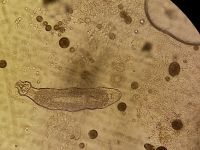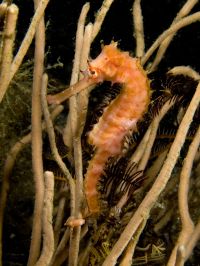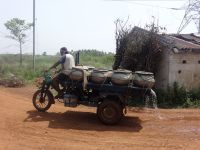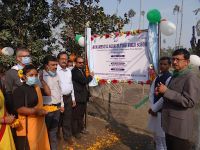Aquaculture Asia Magazine, April-June 2022
4 July 2022 | 9900 views | .pdf | 8.52 MB | Freshwater finfish, Hatchery and nursery, Health and Biosecurity, Livelihoods, gender and social issues, Marine finfish, Education and Training, India, Ornamentals
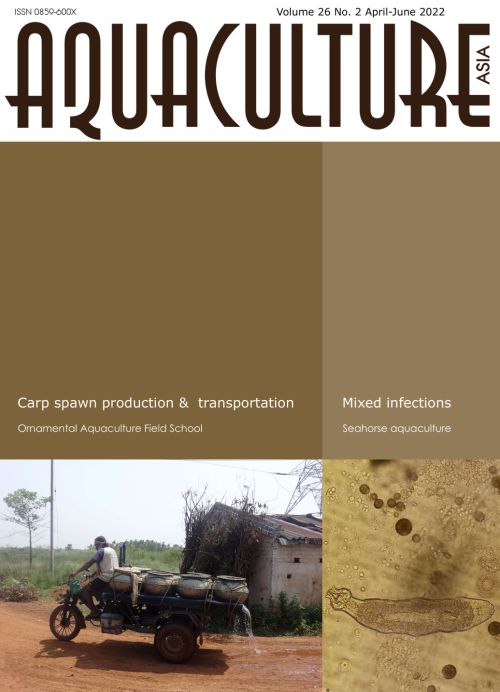
In this issue:
- Ornamental Aquaculture Field School: A new extension approach
S.K. Swain, H.K. De, G.S. Saha, B.N. Paul, S.N. Sethi and S.S. Giri - State of the art of carp spawn production and transportation at Ramsagar, Bankura District, West Bengal, India
Subrato Ghosh - Seahorse aquaculture: A new paradigm of commercial activity
Sangavi. S., Paramita Banerjee Sawant, N. K. Chadha, and
Sandeep Shankar Pattanaik - Mixed infections in tropical freshwater fish culture systems: A potential emerging threat for successful aquaculture
A. Paul, B. Baral, Samikshya Parida, D. Naveen Naik and P.K. Sahoo - NACA Newsletter
Creative Commons Attribution.

